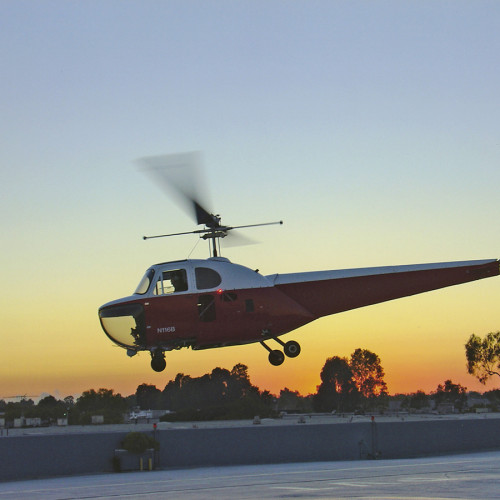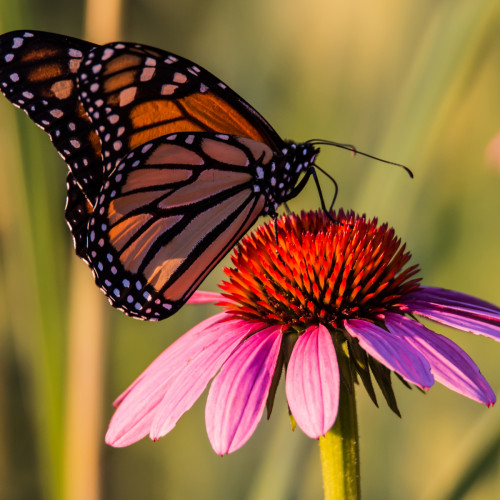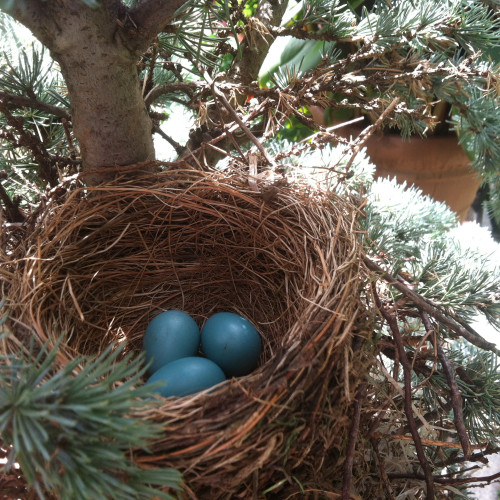Spreading Their Seeds
Most plants grow from seeds (baby plants covered in a protective coating). To prevent the possibility of parent plants competing with their offspring for the same resources—including sunlight, water, and nutrients from the soil—plants spread their seeds over a wide area.
Because they can’t walk, plants have developed ingenious methods to disperse their seeds with the help of wind, water, fire, and animals.
The way a plant disperses its seeds depends on the type of seed and the habitat in which it lives.
Blowing in the Wind
Wind is one of the main ways plants spread their seeds. Seeds scattered by wind are usually smaller and lighter than other seeds. The longer a seed stays in the air, the farther it can be blown from its parent plant.
Floating Seeds
Some plants, such as dandelions, produce lightweight, puffy seeds that can be carried long distances by the slightest breeze, like a parachute.

Dandelion seeds can travel as far as 500 miles—the distance between Washington, D.C., and Indianapolis.
Photograph by Stillhope

Photograph by vuk8691
Fluttering Seeds
Some plants, such as maple trees, produce seeds with helicopter-like wings known as samaras, which help them stay airborne longer.

Photograph by National Air and Space Museum (NASM2017-01352)

Maple seeds can travel more than 100 yards in the wind—the length of a football field.
Photograph by DHurly
Diseminación de las semillas
La mayoría de las plantas crecen a partir de semillas (plantas bebés cubiertas con un recubrimiento protector). Para evitar la posibilidad de que las plantas matrices compitan con sus hijos por los mismos recursos, entre ellos la luz solar, el agua y los nutrientes del suelo, las plantas esparcen sus semillas por una amplia área.
Como no pueden caminar, las plantas han desarrollado ingeniosos métodos para dispersar sus semillas con la ayuda del viento, el agua, el fuego y los animales.
La forma en que una planta dispersa sus semillas depende del tipo de semilla y del hábitat en el que vive.
Al compás del viento
El viento es una de las principales formas en que las plantas esparcen sus semillas. Las semillas dispersas por el viento suelen ser más pequeñas y livianas que otras semillas. Cuanto más tiempo permanece una semilla en el aire, más lejos puede ir con el viento de su planta matriz.
Semillas flotantes

Las semillas de diente de león pueden viajar hasta 500 millas (800 kilometros), la distancia entre Washington, D.C. e Indianápolis.
Fotografía de Stillhope

Fotografía de vuk8691
Semillas aladas
Algunas plantas, como los arces, producen semillas con alas similares a las de un helicóptero conocidas como sámaras, que les ayudan a permanecer más tiempo en el aire.

Fotografía de National Air and Space Museum (NASM2017-01352)

Las semillas de arce pueden recorrer más de 100 yardas (90 metros) con el viento, la longitud de un campo de fútbol.
Fotografía de DHurly
Warning: Undefined array key 37 in /data/gardens.sf/htdocs/wp-content/themes/smithsoniangardens/page-habitat-traveling-single.php on line 58












